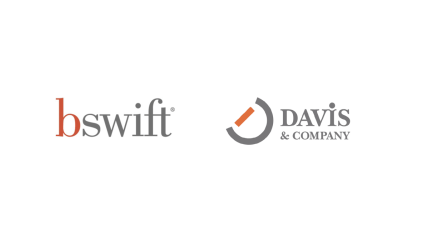
Brainstorming is widely recognized as a great way to generate ideas and solve problems. Historically, brainstorming was typically done in person, with a group of colleagues in a room, feeding off each other’s creative energy.
As the workplace has evolved, more and more brainstorming happens virtually: video conferencing, online chat or even using social tools. Virtual brainstorming offers the opportunity to bring in more perspectives by including participants from multiple locations and disciplines.
Virtual sessions, however, make it challenging to keep everyone engaged and focused. It’s easier for participants to disappear. They can easily tune out and multitask by simply turning off cameras and muting microphones.
But there’s more. Recent work with several clients has helped me identify three trends that also get in the way of effective brainstorms:
-
Fear of participation. Newer employees are hesitant to share ideas because they don’t know as much about the topic as the “experts.”
-
Demand for new ideas. Information moves at speed of light, so we are asked to generate ideas and content more frequently.
-
Inclusive environments. We want to help colleagues feel included, but we know it’s impossible to have everyone in the session and use all ideas that are generated.
At its core, brainstorming remains a valuable tool that helps teams make decisions, deliver work products and innovate. New technologies and other challenges mean we need to adapt how we run brainstorms so they remain effective.
The key to success in any brainstorm is a strong facilitator who employs four best practices:
-
Preparation is key. Create a brief that outlines objectives and the facilitation techniques you will use.
-
Lead, don’t participate. Even though you may be the expert on the topic being addressed, confine your role to encouraging others. You can always add your ideas later.
-
Control the chaos. Guardrails help creativity thrive. While it’s great to give colleagues free rein to share ideas, use new technologies, such as digital whiteboards and polls, to keep participants focused.
-
Communicate and follow up. Participants love to know what happened with the ideas generated during the brainstorm. Share the principles you will use to filter ideas and follow up with outcomes.
Want to learn more about leading brainstorms in today’s hybrid workplace? Davis & Company can help. Check out our workshop!





